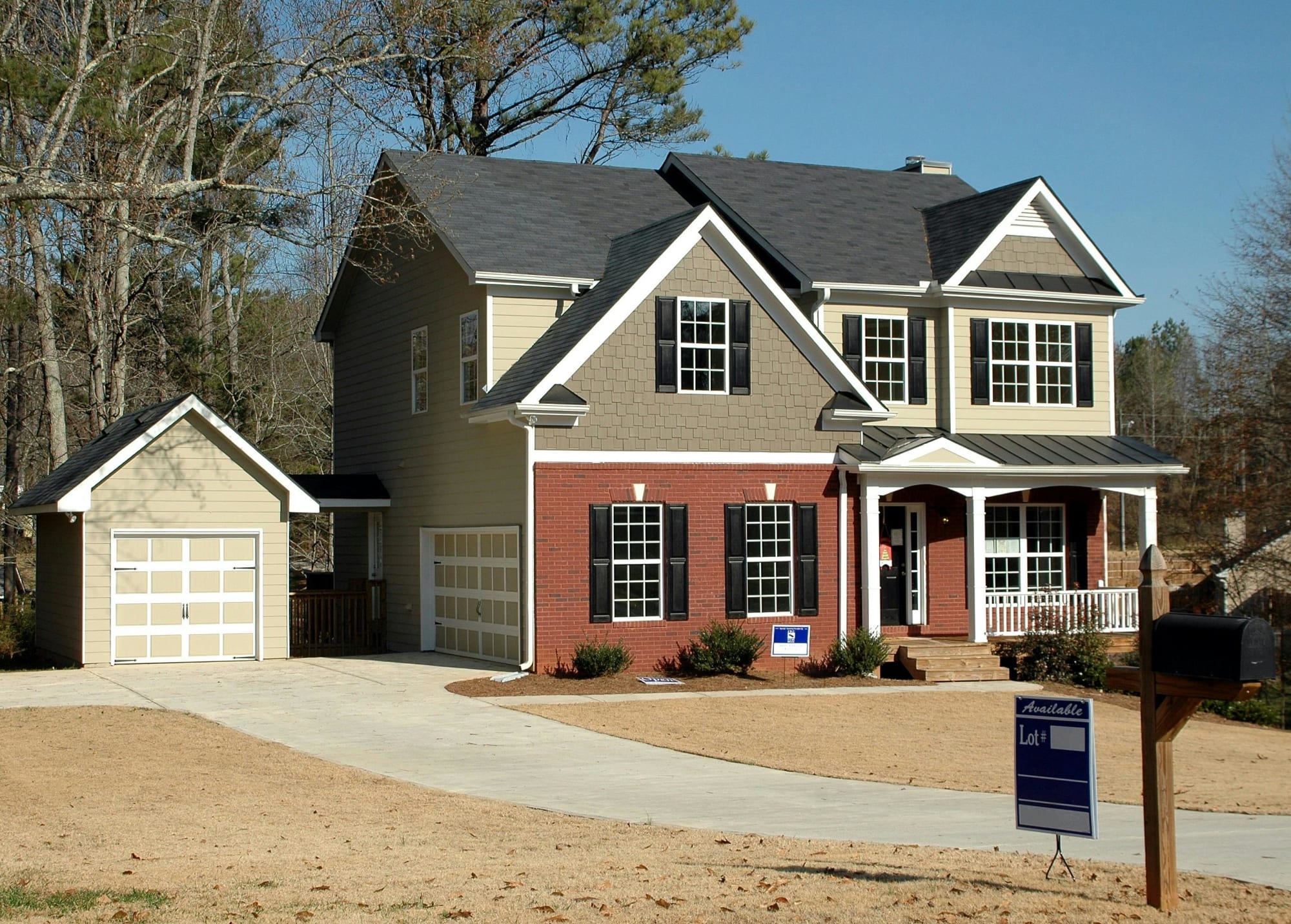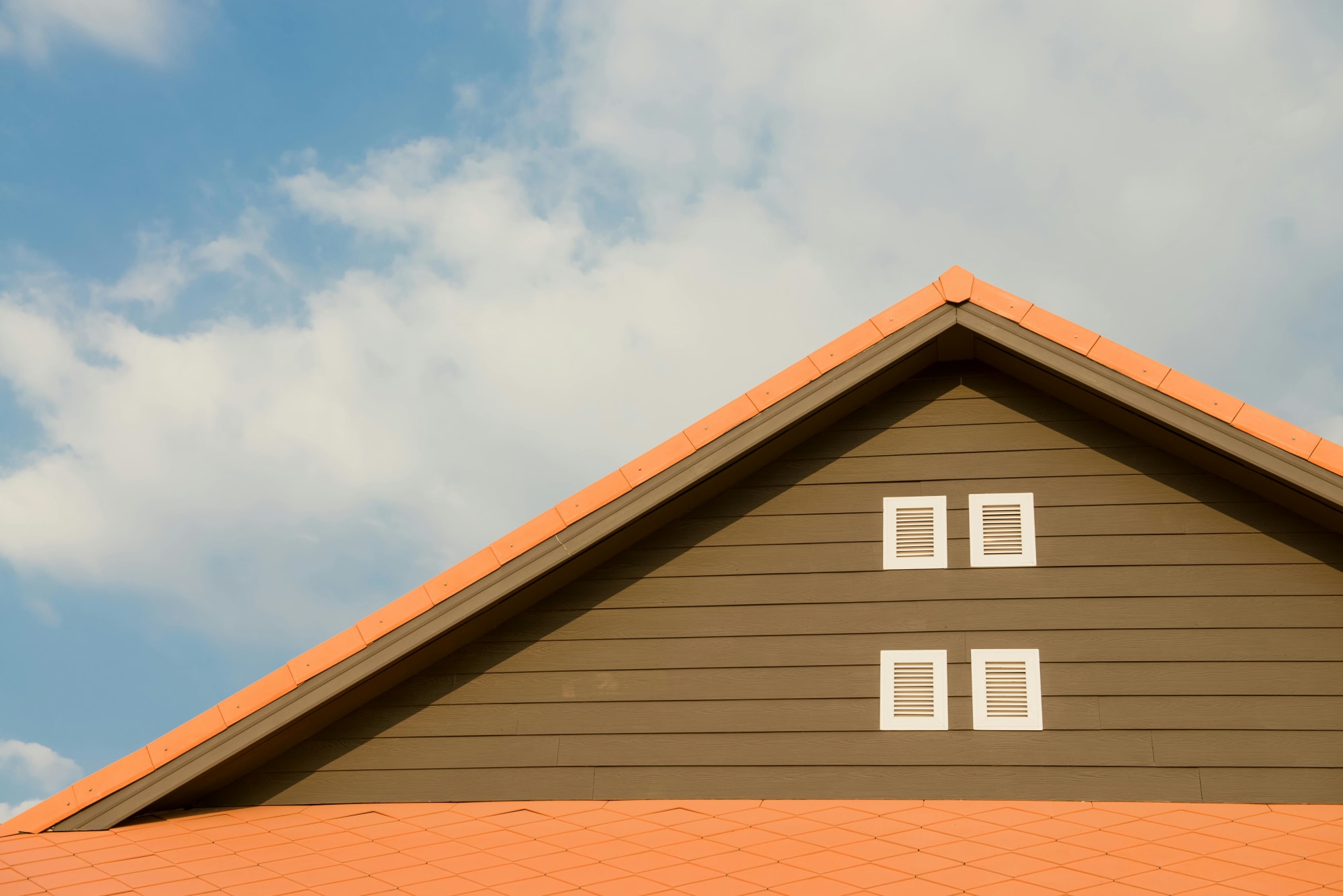Invest
Rent and mortgage payments by state
The census data from 2016 yielded a wealth of information, including the breakdown of how much rent and mortgage repayments cost in each state.
Rent and mortgage payments by state
The census data from 2016 yielded a wealth of information, including the breakdown of how much rent and mortgage repayments cost in each state.

Weekly rental rates mostly increased across the nation, while mortgages mostly decreased, as we found in what the census revealed about Australia's overall property market.
Every state and territory saw an increase in households paying less than 30 per cent of total income towards median monthly mortgage repayments and a decrease in households who pay 30 per cent or greater.
Here’s our breakdown, state-by-state:
NSW

The weekly median rent in NSW is $380, an increase of $80 from 2011’s census. The proportion of those paying less than 30 per cent of their household income is 87.1 per cent, down from 88.4 per cent. Those who pay 30 per cent or more of their household income increased to 12.9 per cent, up from 11.6 per cent.
Unlike the median rent, the median mortgage payment decreased to $1,986, down from $1,993 in 2011. Mortgages are also becoming more affordable, with 92.6 per cent of mortgage payments being less than 30 per cent of a household’s income, up from 89.5 per cent.
Victoria
Victoria’s weekly median rent payments are $325, up $48 from 2011’s census. The percentage of Victorians paying less than 30 per cent of household income is 89.6 per cent, down from 90.9 per cent, while households paying equal to or more than 30 per cent of their household income increased to 10.4 per cent, up from 9.1 per cent.
Median mortgage monthly repayments increased to $1,728, up from $1,700 in 2011. However, like NSW, Victorian mortgages are also becoming more affordable, with 92.5 per cent of mortgage repayments being less than 30 per cent of household income, up from 89.9 per cent, and mortgage repayments equal to or more than 30 per cent are at 7.5 per cent, down from 10.1 per cent.
Queensland
Weekly median rents in Queensland increased $30 to $330, with 87.2 per cent of households paying less than 30 per cent of their household income, down from 88.1 per cent from the previous census, and 12.8 per cent of households paying 30 per cent or more, up from 11.9 per cent from the previous census.
Median mortgage repayments have decreased to $1,733, down from $1,850 in 2011’s census. Following the trend of affordable mortgages, 93.6 per cent of households are spending less than 30 per cent of their household income repaying mortgages, up from 90.3 per cent, and 6.4 per cent of households spend 30 per cent or more of their household income repaying mortgages, down from 9.7 per cent.
South Australia
South Australians saw their weekly median rent payments rise to $260, an increase of $40, with 89.8 per cent of rent payments equalling less than 30 per cent of household income, down from 90.7 per cent, and 10.2 per cent of rent repayments equalling to or greater than 30 per cent of household income, up from 9.3 per cent.
There is a slight decrease in median mortgage repayments to $1,491, down from $1,500 in 2011. Mortgages are also more affordable, with 93.4 per cent of mortgage payments costing households less than 30 per cent of their total income, up from 91.2 per cent, and 6.6 per cent of households’ mortgage repayments worth equal to or more than 30 per cent of household income, down from 8.8 per cent.
Western Australia
Western Australians are paying more in weekly median rent payments than in 2011, at $347, paying an additional $47. Rent is becoming more affordable, with 90.3 per cent of Western Australians paying less than 30 per cent of total household income, down from 91.1 per cent, and 9.7 per cent paying 30 per cent or greater, up from 8.9 per cent.
Monthly median mortgage repayments also increased to $1,993, up from $1,950 in 2011. Despite the rise, mortgage repayments are becoming more affordable, with 91.4 per cent of Western Australians paying less than 30 per cent of their total household income, up from 89.9 per cent in the last census, and 8.6 per cent of mortgage repayments paying 30 per cent or greater, down from 10.2 per cent.
Northern Territory
Northern Territorians saw the largest median weekly rent rise to $315, up $90 from 2011. There was little change in rent affordability, with 90.9 per cent of households paying a total household income of less than 30 per cent, compared to 2011’s 91 per cent, and 9.1 per cent of households paying 30 per cent or greater of total household income, up from 9 per cent.
Monthly median mortgage repayments also increased to $2,167, up from $2,054. Unlike rent payment, however, mortgage repayments are becoming more affordable, with 94.5 per cent of households paying less than 30 per cent of total household income for mortgage repayments, up from 92.3 per cent in 2011, and 5.5 per cent of households paying 30 per cent or greater, up from 7.7 per cent.
Tasmania
Tasmanians are paying the least in weekly median rent payments across Australia’s capital cities at $230, up from $30 in the last census. Rent payments are becoming less affordable in Tasmania, with 89.8 per cent of households paying less than 30 per cent, down from 90.5 per cent in 2011, and 10.2 per cent of households paying 30 per cent or greater, up from 9.5 per cent in 2011.
Tasmania is the only state not to see a change in its monthly median mortgage repayments, staying steady at $1,300. However, mortgages are becoming more affordable, with 94.9 per cent of households paying less than 30 per cent of their total income, up from 92.5 per cent, and 5.1 per cent of households paying 30 per cent or greater of their total income, up from 7.5 per cent.
Australian Capital Territory
Residents in the ACT have kept their weekly median rents stable at $380. Households that pay less than 30 per cent of total income decreased to 91.9 per cent, down from 2011’s 92 per cent, and 8.1 per cent of households pay 30 per cent or greater, up from 8 per cent.
Following the majority of states and territories, the ACT saw a decrease in median monthly mortgage repayments at $2,058, down from $2,167. Median monthly mortgage repayments have become more affordable, with 94.5 per cent of Territorians paying less than 30 per cent of total household income, up from 92.2 per cent in 2011, and 5.5 per cent paying 30 per cent or greater of total household income, up from 7.8 in 2011.

Property
New investment platform Arkus allows Australians to invest in property for just $1
In a groundbreaking move to democratise investment in property-backed mortgage funds, GPS Investment Fund Limited has launched Arkus™, a retail investment platform designed to make investing ...Read more

Property
Help to Buy goes live: What 40,000 new buyers mean for banks, builders and the bottom line
Australia’s Help to Buy has opened, lowering the deposit hurdle to 2 per cent and aiming to support up to 40,000 households over four years. That single policy lever will reverberate through mortgage ...Read more

Property
Australia’s mortgage knife‑fight: investors, first‑home buyers and the new rules of lender competition
The mortgage market is staying hot even as rate relief remains elusive, with investors and first‑home buyers chasing scarce stock and lenders fighting for share on price, speed and digital experienceRead more

Property
Breaking Australia’s three‑property ceiling: the finance‑first playbook for scalable portfolios
Most Australian investors don’t stall at three properties because they run out of ambition — they run out of borrowing capacity. The ceiling is a finance constraint disguised as an asset problem. The ...Read more

Property
Gen Z's secret weapon: Why their homebuying spree could flip Australia's housing market
A surprising share of younger Australians are preparing to buy despite affordability headwinds. One in three Gen Z Australians intend to purchase within a few years and 32 per cent say escaping rent ...Read more

Property
Tasmania’s pet-positive pivot: What landlords, BTR operators and insurers need to do now
Tasmania will soon require landlords to allow pets unless they can prove a valid reason to refuse. This is more than a tenancy tweak; it is a structural signal that the balance of power in rental ...Read more

Property
NSW underquoting crackdown: the compliance reset creating both cost and competitive edge
NSW is moving to sharply increase penalties for misleading price guides, including fines linked to agent commissions and maximum penalties up to $110,000. Behind the headlines sits a more ...Read more

Property
ANZ’s mortgage growth, profit slump: why volume without margin won’t pay the dividends
ANZ lifted home-lending volumes, yet profits fell under the weight of regulatory and restructuring costs—an object lesson in the futility of growth that doesn’t convert to margin and productivityRead more

Property
New investment platform Arkus allows Australians to invest in property for just $1
In a groundbreaking move to democratise investment in property-backed mortgage funds, GPS Investment Fund Limited has launched Arkus™, a retail investment platform designed to make investing ...Read more

Property
Help to Buy goes live: What 40,000 new buyers mean for banks, builders and the bottom line
Australia’s Help to Buy has opened, lowering the deposit hurdle to 2 per cent and aiming to support up to 40,000 households over four years. That single policy lever will reverberate through mortgage ...Read more

Property
Australia’s mortgage knife‑fight: investors, first‑home buyers and the new rules of lender competition
The mortgage market is staying hot even as rate relief remains elusive, with investors and first‑home buyers chasing scarce stock and lenders fighting for share on price, speed and digital experienceRead more

Property
Breaking Australia’s three‑property ceiling: the finance‑first playbook for scalable portfolios
Most Australian investors don’t stall at three properties because they run out of ambition — they run out of borrowing capacity. The ceiling is a finance constraint disguised as an asset problem. The ...Read more

Property
Gen Z's secret weapon: Why their homebuying spree could flip Australia's housing market
A surprising share of younger Australians are preparing to buy despite affordability headwinds. One in three Gen Z Australians intend to purchase within a few years and 32 per cent say escaping rent ...Read more

Property
Tasmania’s pet-positive pivot: What landlords, BTR operators and insurers need to do now
Tasmania will soon require landlords to allow pets unless they can prove a valid reason to refuse. This is more than a tenancy tweak; it is a structural signal that the balance of power in rental ...Read more

Property
NSW underquoting crackdown: the compliance reset creating both cost and competitive edge
NSW is moving to sharply increase penalties for misleading price guides, including fines linked to agent commissions and maximum penalties up to $110,000. Behind the headlines sits a more ...Read more

Property
ANZ’s mortgage growth, profit slump: why volume without margin won’t pay the dividends
ANZ lifted home-lending volumes, yet profits fell under the weight of regulatory and restructuring costs—an object lesson in the futility of growth that doesn’t convert to margin and productivityRead more








